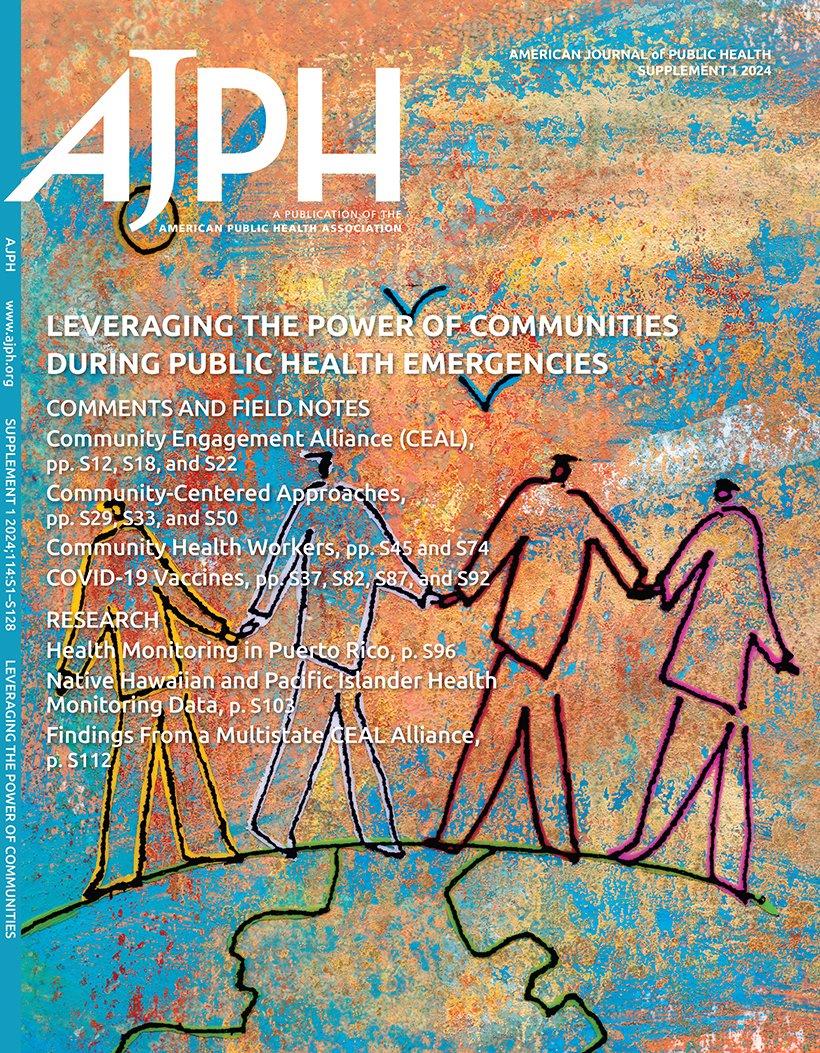美国与电动自行车、电动滑板车、悬浮滑板和自行车相关的伤害负担:2019-2022.
IF 9.6
1区 医学
Q1 PUBLIC, ENVIRONMENTAL & OCCUPATIONAL HEALTH
引用次数: 0
摘要
目的描述美国全国与电动自行车、自行车、悬浮滑板和电动滑板车(微型移动设备)相关的伤害负担。方法。我们使用国家电子伤害监测系统数据,比较了 2019 年至 2022 年期间与微型移动设备相关的 1 933 296 起估计伤害的模式和趋势。结果。基于人口的电动自行车和电动滑板车伤害率分别增加了 293.0% 和 88.0%。与其他交通工具相比,电动滑板车因饮酒而受伤的比例最高(9.0%),而电动自行车因涉及机动车而受伤的比例最高(35.4%)。与悬浮滑板和自行车相比,电动自行车更容易造成内伤(P < .05),但与所有其他设备相比,悬浮滑板更容易造成骨折和脑震荡(P < .05)。在临床记录(20.3%)中确定使用头盔的情况下,与电动滑板车(34.8%)和悬浮滑板(30.3%)相比,电动自行车伤害(43.8%)中使用头盔的比例较高,但与自行车伤害(48.7%)相比,使用头盔的比例较低。结论电动自行车和电动滑板车严重受伤的发生率在四年期间有所上升。公共卫生利益相关者应重点加强对电动微型移动设备相关伤害的监测和预防。(Am J Public Health.https://doi.org/10.2105/AJPH.2024.307820 )。本文章由计算机程序翻译,如有差异,请以英文原文为准。
The Burden of Injuries Associated With E-Bikes, Powered Scooters, Hoverboards, and Bicycles in the United States: 2019‒2022.
Objectives. To describe the national burden of injuries associated with e-bikes, bicycles, hoverboards, and powered scooters (micromobility devices) in the United States. Methods. We compared patterns and trends for 1 933 296 estimated injuries associated with micromobility devices from 2019 to 2022 using National Electronic Injury Surveillance System data. Results. The population-based rates of e-bike and powered scooter injuries increased by 293.0% and 88.0%, respectively. When reported, powered scooter injuries had the highest proportion for alcohol use (9.0%) compared with other modes, whereas e-bike injuries had the highest proportion for motor vehicle involvement (35.4%). Internal injuries were more likely among e-bike diagnoses than hoverboard and bicycle (P < .05), but fractures and concussions were more likely among hoverboard diagnoses compared with all other devices (P < .05). When helmet use was identified in clinical notes (20.3%), helmet usage was higher among e-bike injuries (43.8%) compared with powered scooter (34.8%) and hoverboard (30.3%) injuries but lower compared with bicycle injuries (48.7%). Conclusions. The incidence of severe e-bike and powered scooter injuries increased over the 4-year period. Public health stakeholders should focus on improved surveillance and prevention of injuries associated with electric micromobility devices. (Am J Public Health. Published online ahead of print September 12, 2024:e1-e10. https://doi.org/10.2105/AJPH.2024.307820).
求助全文
通过发布文献求助,成功后即可免费获取论文全文。
去求助
来源期刊

American journal of public health
医学-公共卫生、环境卫生与职业卫生
CiteScore
9.50
自引率
3.90%
发文量
1109
审稿时长
2-4 weeks
期刊介绍:
The American Journal of Public Health (AJPH) is dedicated to publishing original work in research, research methods, and program evaluation within the field of public health. The journal's mission is to advance public health research, policy, practice, and education.
 求助内容:
求助内容: 应助结果提醒方式:
应助结果提醒方式:


